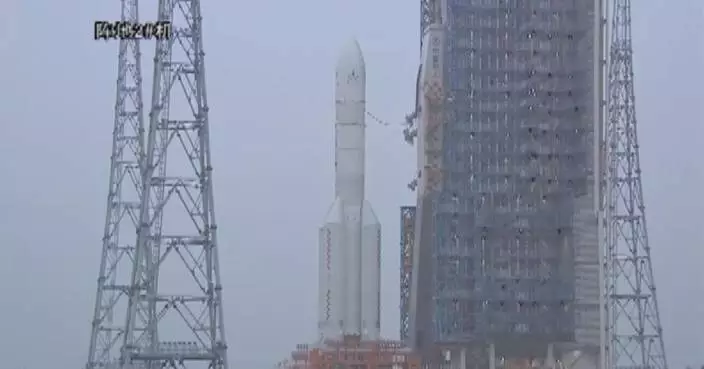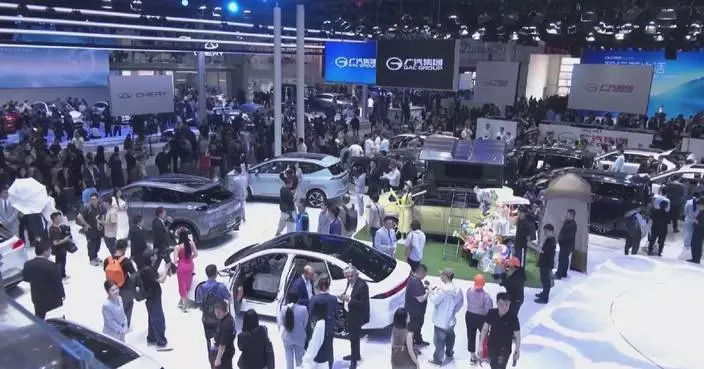China's centralized procurement of medicines for insulin products has resulted in an average price cut of 48 percent, benefiting about 10 million people with diabetes and easing financial burdens for patients.
At the end of 2021, the government organized a special centralized procurement of insulin, resulting in an average price reduction of 48 percent. The domestic prices of insulin have essentially returned to a reasonable level, and the scheme was rolled out in May 2022 across the country.
In the past two years, patients have been able to afford the insulin at reduced prices, significantly alleviating the burden of medical expenses.
At the diabetic unit of the endocrinology department of the First People's Hospital in Chenzhou City of central China's Hunan Province, diabetic patient Tan Saixi said that he is able to save nearly 2,600 yuan (about 366.17 U.S. dollars) on average per year after the centralized procurement of insulin and the subsequent price reduction.
"[Before the centralized procurement of insulin,] it cost 68 yuan (about 9.58 U.S. dollars) per dose at that time, and I needed four doses per month, which amounted to over 200 yuan (about 28.17 U.S. dollars). Now, the price of insulin has been reduced through centralized procurement, and each dose costs only 20 yuan (about 2.82 U.S. dollars). Additionally, I can get a 70 percent reimbursement through special outpatient service. This has significantly alleviated the financial burden and made it affordable for me," said the patient.
Over the past two years, a total of 188 medical institutions in Chenzhou have participated in the centralized procurement. In the first cycle, the agreed purchase quantity was approximately 244,500 doses. However, the actual purchase quantity reached a total of 422,500 doses, with a completion rate of 172 percent, which has resulted in reducing patients' medical expenses by over 8.5 million yuan (about 1.2 million U.S. dollars).
With the reduction in medication burden, the accessibility and standardability of insulin treatment for diabetes patients have been improved, said the National Healthcare Security Administration.
Through centralized procurement and price reduction, the difference in price between third-generation insulin and second-generation insulin has been reduced, further improving accessibility and indirectly promoting the upgrade of structure of drug usage.
Over the past two years, taking into account price and clinical factors, the utilization rate of third-generation insulin has increased from 58 percent before centralized procurement to 70 percent.
Experts pointed out that if blood sugar is poorly controlled, it can affect multiple organs, such as renal failure and cardiovascular and cerebrovascular diseases.
"Based on our previous statistics, if we consider the total expenses for diabetes treatment as 100 yuan (about 14.08 U.S. dollars), approximately only 20 yuan (about 2.82 U.S. dollars) is spent on diabetes control, while the remaining 80 percent, which is 80 yuan (about 11.27 U.S. dollars), is allocated towards the treatment of diabetes complications," said Ji Linong, Professor of Medicine at Peking University, Director of Peking University Diabetes Center and Director of the Department of Endocrinology and Metabolism, Peking University People's Hospital.
"After the centralized procurement, we have both imported and domestically-produced insulin. However, in clinical practice, we have not observed significant differences in terms of therapeutic efficacy or safety between these insulin types," he continued.

China's diabetes patients benefit from centralized procurement of insulin










